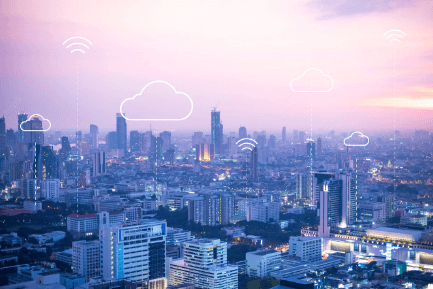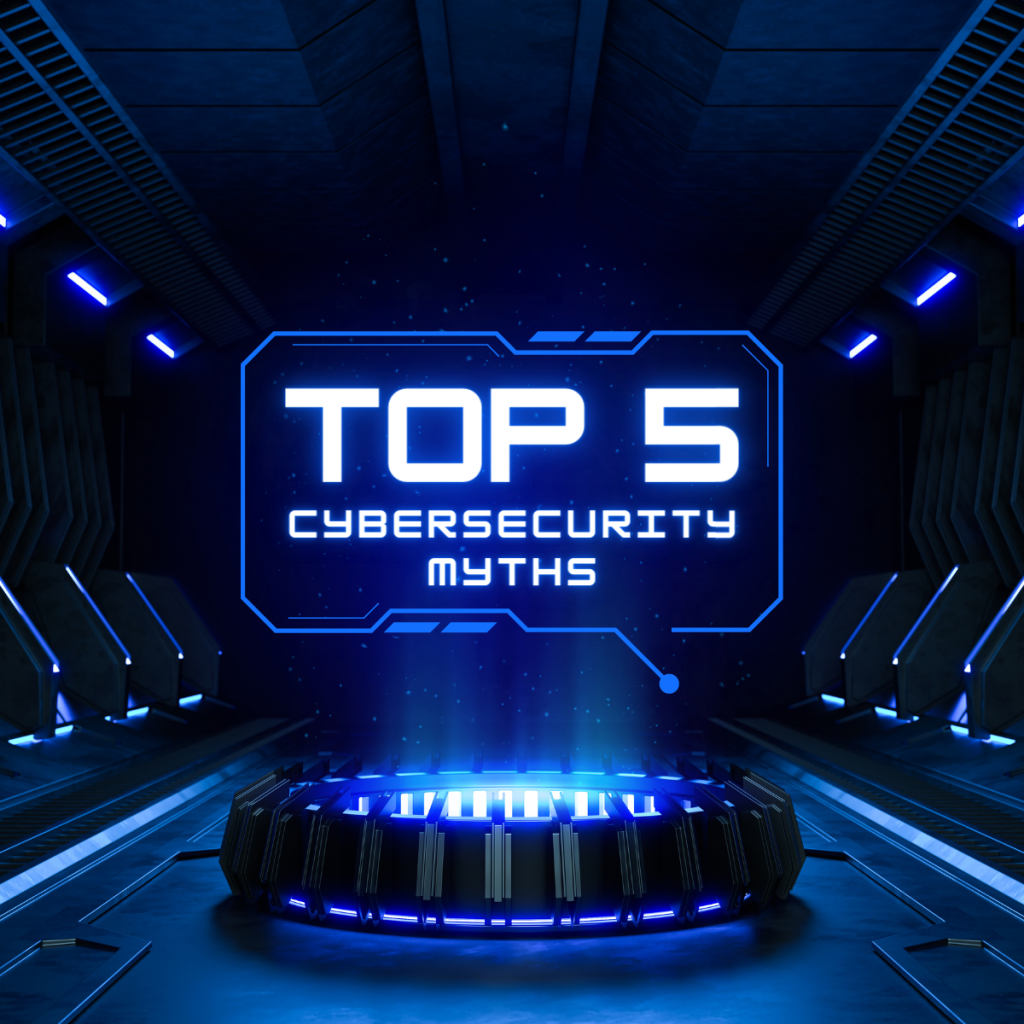The Work-Remotely Movement is The New Normal
An unparallelled year for cyberattacks happened in 2020. Professionals retreated to their home offices as mandated stay-at-home policies, quarantines, and office closing permanently spread across the nation. The remote work style persisted for many as society started to open up again. One might deduce that having the opportunity to work outside of the office has led many employees to select open areas like coffee shops, food establishments, airports, train stations, and other public venues to do their tasks, increasing the vulnerability of organisations and employees to cyberattacks.
Is It Safe To Use Public Wi-fi?
No one would have mistaken Chris Smith, an 86-year-old customer at his neighbourhood coffee shop, for a hacker. Chris, however, quickly took control of the cafe’s free Wi-Fi connection and started sending phishing emails to everyone who connected to the network in less than 17 minutes.
The good thing is that Chris is an ethical hacker—someone who hacks as a hobby to draw attention to cybersecurity flaws. The bad news? Not all hackers are here to help out.
A hacker’s ability to stand between you and your access point when using free Wi-Fi is one of the greatest threats. As a result, you find up giving data to the hacker rather than speaking with the hotspot directly. Each bit of information you give out, including emails, cellphone numbers, credit card numbers, business information, and more, is also accessible to the hacker. Furthermore, once a hacker has that data, you’ve essentially handed them the keys to your house.
I’ll give you two straightforward pieces of advice when deciding whether to use the public Wi-Fi at your nearby coffee shop: don’t and don’t.
Due to a significant vulnerability in WPA2, the encryption standard used to secure all contemporary Wi-Fi networks, it is now possible for anyone nearby to gain access to your data if you utilise a Wi-Fi network. Included in this is data that was acknowledged to be encrypted. Wi-Fi standards used today are faulty and should not be relied upon.
Cyber Attacks Are Rising
You may believe, “I always use public Wi-Fi, and I’ve never had an issue!”
Yes, at least, not one that you are aware of.
The worrying reality is that cyberattacks are increasing along with the number of remote workers, putting everyone who uses public Wi-Fi at danger. Cyberattacks were ranked as the fifth top risk for businesses in the public and private sectors in a Global Risk Report that was issued in 2020, and it is anticipated that they will soon move up the list.
We’ll cover the real risks of using public Wi-Fi, how fraudsters break into Wi-Fi networks, and what you can do to protect your gadgets and personal information in this article.
The Risks of Public Wi-Fi Networks and How to Mitigate Them
The majority of individuals think it is generally safe to use public WiFi. However, in practise, a lot of networks employ inexpensive routers and access points devoid of fundamental security features.
Finding a safe connection is the exception rather than the rule, as evidenced by these covert threats and unsecure Wi-Fi concerns.
1. Online victim profiling for identity theft
Identity theft is one of the biggest dangers of utilising free WiFi. If you don’t protect your information with a virtual private network (VPN), hackers may quickly find out enough about you to launch targeted cyberattacks and phishing emails, look for your passwords on the Dark Web, or access your online accounts.
Hackers can, at the very least, monitor your activity on public Wi-Fi and learn:
- Location information pertaining to recent travels.
- information about yourself, including your interests, occupation, and marital status.
- Financial specifics pertaining to your credit and bank accounts.
How to protect your data when using free public WiFi:
The greatest method for protecting personal data when using public Wi-Fi is strong encryption. Use a virtual private network (VPN) whenever you connect to any Wi-Fi hotspot, even your own, to be safe.
2. Malware infection
Without security, using a public connection makes it simple for hackers to install malware on your smartphone.
Scammers can lure you into submitting a phishing form, inject an infected ad into an otherwise trustworthy website, or even trick you into downloading false software that logs everything you type.
How to shield your gadgets from malware:
A VPN service and anti-malware software are two crucial security measures that protect your entire online existence. These tools are available around-the-clock to protect your gadget and data while you switch between Wi-Fi networks.
3. Password Theft
When utilising public Wi-Fi, hackers may use specialised programmes to look for passwords you’ve typed into emails, websites, apps, or browser bookmarks.
One of the most harmful threats associated with using public Wi-Fi is password leakage, which offers nefarious hackers easy access to your online accounts. With regard to commercial login data, the consequences are significantly severe. For instance, the login information for a worker’s personal Google account was stolen, leading to a hack of the computer company Cisco.
How to keep your passwords secure:
Your passwords will be protected by a VPN from prying scammers. But using a password manager for securely storing all of your login information is also a smart move. Your login information is automatically filled up on websites by a password manager, protecting it from criminals listening in.
4. Prying for private information
Bad actors are notoriously capable of monitoring public Wi-Fi networks in search of private papers including invoices, contracts, and two-factor authentication (2FA) credentials.
If you utilise public Wi-Fi, your financial security and work security may also be in jeopardy. A public Wi-Fi online session has the potential to compromise a non-disclosure agreement or jeopardise the work of your coworkers.
How to safeguard your private documents:
It’s crucial to be knowledgeable of the security hazards involved with utilising public Wi-Fi, whether you’re an employer or a business owner. It’s crucial to have a robust cybersecurity suite that safeguards both you and your staff. Likewise, it’s best to refrain from sending, receiving, and conversing about sensitive information via public hotspots.
5. Business Email Compromise
Scammers target your work email in business email compromise (BEC) attacks and send phony messages purporting to be someone you know. You can be prompted to update your payment details or transmit wire transfers to fictitious “clients.”
Anyone can be the target of a BEC scam, from big organisations to small local enterprises.
How to keep yourself safe:
Scammers will invest a lot of time and money into their attempts to deceive you. It’s crucial that you figure out how to identify scam emails.
Learning about digital security makes you warier. Additionally, it honed safety reflexes like double-checking transactions. Additionally, having financial fraud and credit protection with bundled identity theft insurance can save your life if the worst-case scenario occurs.
6. Detrimental Ransomware attacks
Open Wi-Fi networks are targets of cyberattacks that look for ways into data storage systems. Bad actors can extort you from the release of your sensitive data if they get access to it.
Attacks using ransomware increased by 80% in 2022, posing a greater risk to both individuals and enterprises.
How to avoid ransomware:
First off, avoid using public Wi-Fi to log into private file-sharing services. But if you must, be sure to encrypt the information using technologies like a VPN. Finally, always retain a copy of your most crucial data in a secure location that is ideally off the internet.
7. Session hijacking to access your accounts
Malicious hackers seize control of the link between the gadget and the website or app you’re accessing through session hijacking. They now have the same privileges that you do as a registered user. For instance, they might enter an online store illegally and utilise the credit card information they have on file.
Cybercriminals lust after the unrestricted power this kind of assault provides them. Without a password, it enables them to hijack your accounts or get over website security safeguards.
How to prevent session hijacking when using public Wi-Fi:
No matter how easy it may appear, never save your credit card information in your online account for safe online purchasing. Additionally, select an always-on, all-in-one security plan that covers identity and financial fraud as well as device and online security for increased security.
8. Online account takeover
Account takeovers occur when malicious individuals enter your accounts without authorisation and seize total control of them. Your email, bank, or even social networking accounts can fall under this category.
Cybercriminals have been concentrating on account takeover strategies that get beyond these protections since financial institutions stepped up their authentication methods, like fooling you into submitting 2FA numbers.
How to defend yourself from account takeover fraud when using a public WiFi network:
Whenever you need to access private accounts (banking, online shopping, email, etc.), at the very least, always use a VPN to protect your data. Even better is to always have your VPN connection so you don’t have to fret about accessing these expensive services.
9. Phishing attacks
Phishing is a type of social engineering assault that employs false messages to persuade victims to divulge private information. Passwords, verification codes, documents, and other things fall under this category.
Attackers can insert phishing attacks in the shape of phishing emails, texts, and voicemails by breaking into Wi-Fi hotspots, which allows them to capture network traffic.
How to fend off phishing attacks when using public Wi-Fi:
- Use a strong security programme that has antivirus and VPN security.
Update your programme frequently. - Enable MFA to prove your identity using one-time codes, facial IDs, or fingerprints.
10. Taking control of your gadget remotely
In the worst situation, hackers might even be able to maliciously infect your gadget with malware, giving them remote access to it or even control over it. On websites under hacker control, this virus is frequently cloaked inside corrupted advertisements.
When using free public Wi-Fi, here’s how to safeguard your gadgets from remote access malware:
No matter what you use your gadgets for, multi-layered digital safety is the best strategy for keeping them safe.
Five crucial elements must be present in an ideal digital security suite:
- Object safety
- Data security
- Surveillance of personal information
- Support for assistance from experts
- Identity theft protection
How to Be Safe While Using Public WiFi
The most effective thing you can do if you want to be absolutely secure is to avoid using public Wi-Fi. However, there are a few methods you can increase your own public Wi-Fi security if you must log on or do business while on the go.
Here are some precautions you can take to keep your data and accounts secure before, during, and after utilising public Wi-Fi:
Before connecting to public Wi-Fi:
- Activate your VPN.
- Delete your cache and history from the web.
- Verify the status of your antivirus software.
- To prevent other people from pushing your device to connect to theirs, disable Bluetooth discoverability settings.
- For your most crucial accounts, confirm that two-factor or multi-factor authentication (2FA or MFA) is enabled.
- To prevent your device from being forced to connect to Wi-Fi networks, disable auto-connect.
While using public Wi-Fi:
- Connect only to networks provided by organisations you may associate with a specific place.
- Any account that you won’t be using while online should be logged out.
- Applications that you don’t intend to use should be closed or terminated.
- Use a password manager to save all of your passwords and to autofill your login information.
- Passwords, credit card numbers, SSNs, home addresses, and other sensitive information shouldn’t be entered while using public networks.
- Only save Wi-Fi networks that you genuinely trust to your list of saved networks.
After disconnecting from public Wi-Fi:
- Use antivirus software to check your gadgets for malware.
- Restarting your device can assist in severing the link with a prospective attacker.
- Remove networks from the preferred network list that you don’t use.
- Use a mobile hotspot rather than free public WiFi if you can.
The Bottom Line: Practise Safe Behaviour at Home, in Public, and Online
Online security doesn’t have to involve a perpetual balance between convenience and safety.
Using public Wi-fi networks is still an option despite the risks of Wi-Fi hacking and viruses, provided that you have all-in-one security that covers all of the devices and data in your digital environment.
To protect yourself against scammers, hackers, and Wi-Fi snoopers, contact us today!







